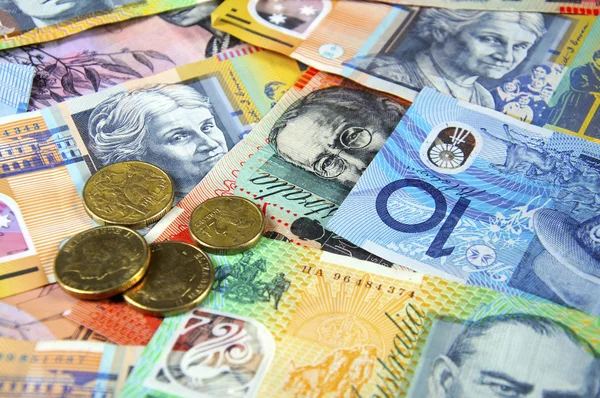Australian dollar is moving sideways near its 20-month high of 0.6908.
The Australian Dollar (AUD) pares its intraday gains versus the US Dollar (USD), but maintains slight gains following a weaker-than-expected Monthly Consumer Price Index report on Wednesday. However, the commodity-linked Australian dollar gained support as China, its major trading partner, unveiled a new round of stimulus measures.
The Reserve Bank of Australia (RBA) kept the Official Cash Rate (OCR) constant at 4.35% on Tuesday, providing assistance to the Australian dollar, strengthening the AUDUSD pair. During the press conference following the policy decision, RBA Governor Michele Bullock confirmed that interest rates will stay on hold for the time being and stressed that a rate hike was not specifically discussed during the meeting.
Gongsheng of the PBOC indicated that the RRR would be reduce by 50 basis points, as well as the seven-day repo rate, from 1.7% to 1.5%.
Pan Gongsheng, Governor of the People’s Bank of China (PBOC), announced on Tuesday that China will cut its reserve requirement ratio (RRR) by 50 basis points. Gongsheng also stated that the central bank would drop the seven-day repo rate from 1.7% to 1.5% and reduce the down payment for second residences from 25% to 15%. Additionally, the PBOC reduced the one-year Medium-term Lending Facility (MLF) rate from 2.30% to 2.0% on Thursday, following the latest drop in July 2024, when the rate from 2.50%.
Daily Market Movers: The Australian dollar remains stable due to a hawkish RBA.
Australian Treasurer Jim Chalmers will visit China this week to enhance bilateral economic ties. Given our vulnerability to Chinese economic volatility, Chalmers emphasized the importance of meeting with important Chinese leaders in Beijing over the next two days.
JP Morgan recently recommended investors to keep an eye on commodity and bond yields in light of China’s stimulus ideas on Tuesday, citing a favorable market outlook. The bank noted that China has provided a new lift to global economy, which had been lacking in recent years. This improvement significantly lessens the probability of a recession and is viewed as beneficial to the markets. However, JP Morgan warned about the risk of reinflation.
Australia’s Monthly Consumer Price Index rose 2.7% year on year in August, falling short of the predicted 2.8% increase and the prior 3.5% jump.
In August, Australia’s Monthly Consumer Price Index increased by 2.7% year on year, down from 3.5% the previous month and 2.8% predicted.
Federal Reserve Governor Michelle Bowman noted on Tuesday that key inflation indicators remain “uncomfortably above” the 2% objective, advising prudence as the Fed pushes forward with interest rate decreases. Despite this, she favored a more traditional approach, asking for a quarter percentage point drop.
The US Consumer Confidence Index dropped to 98.7 in September from a revised 105.6 in August. This result represents the largest drop since August 2021.
The ANZ-Roy Morgan Australia Consumer Confidence Index increased by 0.8 points to 84.9 this week. Despite the uptick, consumer confidence has now remained below 85.0 for 86 weeks in a row. The index has risen 8.5 points year on year, from 76.4.
The S&P Global US Composite Purchasing Managers Index (PMI) increased at a slower rate in September, reaching 54.4 from 54.6 in August. The Manufacturing PMI unexpectedly fell to 47.0, indicating contraction, while the Services PMI rose more than predicted to 55.4.
According to Chicago Fed President Austan Goolsbee, “many more rate cuts are likely needed over the next year, rates need to come down significantly.” Furthermore, Atlanta Fed President Raphael Bostic stated on Monday that the US economy is near to normal inflation and unemployment rates, and that the central bank’s monetary policy must “normalize” as well, according to Reuters.
Australia’s Judo Bank Composite The PMI fell to 49.8 in September from 51.7 in August, indicating a decrease in business activity as weaker growth in the services sector failed to offset a deeper drop in manufacturing production. The Services PMI fell to 50.6 in September from 52.5 the previous month, while the Manufacturing PMI fell to 46.7 from 48.5 in August.









